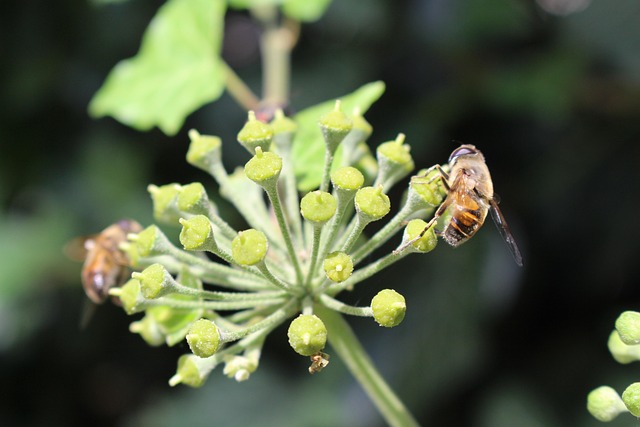Harmonizing with Nature: Permaculture for Extreme Weather in a Changing Climate
As our world faces unprecedented changes due to climate change, the effects are rippling across the globe, impacting everything from our weather patterns to our ecosystems. Extreme weather events—ranging from intense droughts to devastating floods—are becoming more common, sparking concern and a heightened sense of urgency among communities and individuals alike. In this challenging landscape, the concept of permaculture offers a beacon of hope and a path forward, urging us to reconnect with nature and embrace sustainable practices that work harmoniously with our environment.
The Essence of Permaculture
At its core, permaculture is about creating sustainable and self-sufficient agricultural systems that mimic natural ecosystems. It emphasizes the importance of working with nature rather than against it. By understanding the intricate relationships between plants, animals, and the environment, permaculture designs strive to create resilient systems that can adapt to changing weather patterns and extreme conditions. This philosophy goes beyond gardening; it is a holistic approach that can be implemented at various scales, from home gardens to community farms.
Adaptive Strategies in an Uncertain Climate
In the face of climate change, permaculture’s adaptive strategies provide valuable insights for communities struggling with extreme weather. For instance, utilizing rainwater harvesting techniques can help mitigate the effects of drought, allowing for water to be captured and stored for dry seasons. Similarly, implementing swales and contour farming can enhance soil retention and reduce erosion during heavy rainfalls, protecting crops and maintaining soil health.
Moreover, integrating diverse plant species can create a microclimate that offers shelter and resilience against harsh conditions. By planting native species that are well-adapted to local climates, we foster a sense of sustainability and enable ecosystems to thrive even under duress. These practices not only support biodiversity but also empower communities to become stewards of their environment, ensuring that local methods of resilience take root.
Community Resilience and Collaboration
Permaculture encourages collaboration among individuals and communities, fostering a sense of connection and shared responsibility as we navigate the challenges of climate change. Through community workshops, shared gardens, and educational programs, individuals can learn to embrace permaculture principles and apply them in their own lives. This collective effort not only nurtures the environment but also builds social bonds, allowing communities to strengthen their resilience in the face of uncertainty.
Embracing Change and Finding Hope
As we grapple with the realities of climate change and prepare for a future where extreme weather may become the new norm, embracing permaculture offers a vital solution. It allows us to harmonize with nature, transforming our approach to agriculture and environmental stewardship. By fostering an understanding of natural systems, we can develop the tools necessary to adapt and thrive, ensuring that our ecosystems are resilient enough to withstand whatever challenges lie ahead.
In a world marked by change, the principles of permaculture invite us to be proactive rather than reactive. It is a call to nurture our ecosystems and communities, forging connections that transcend individual struggles. As we work together, we not only cultivate a more sustainable future but also contribute to a global movement that values harmony with the environment in these perilous times. Together, we can transform challenges into opportunities, crafting a legacy of resilience and sustainability for generations to come.




